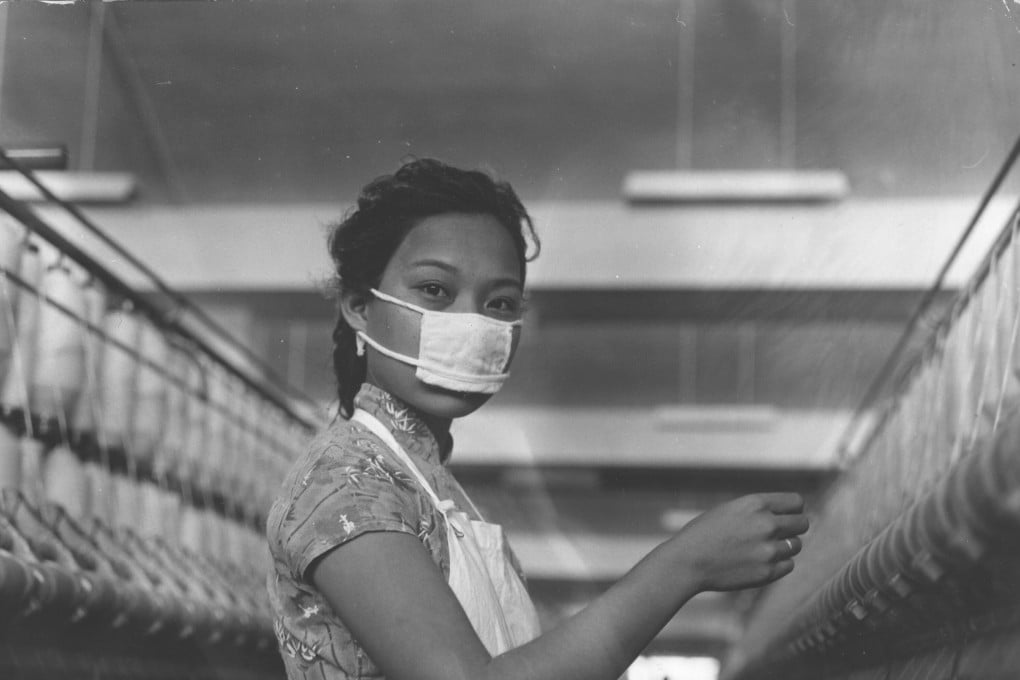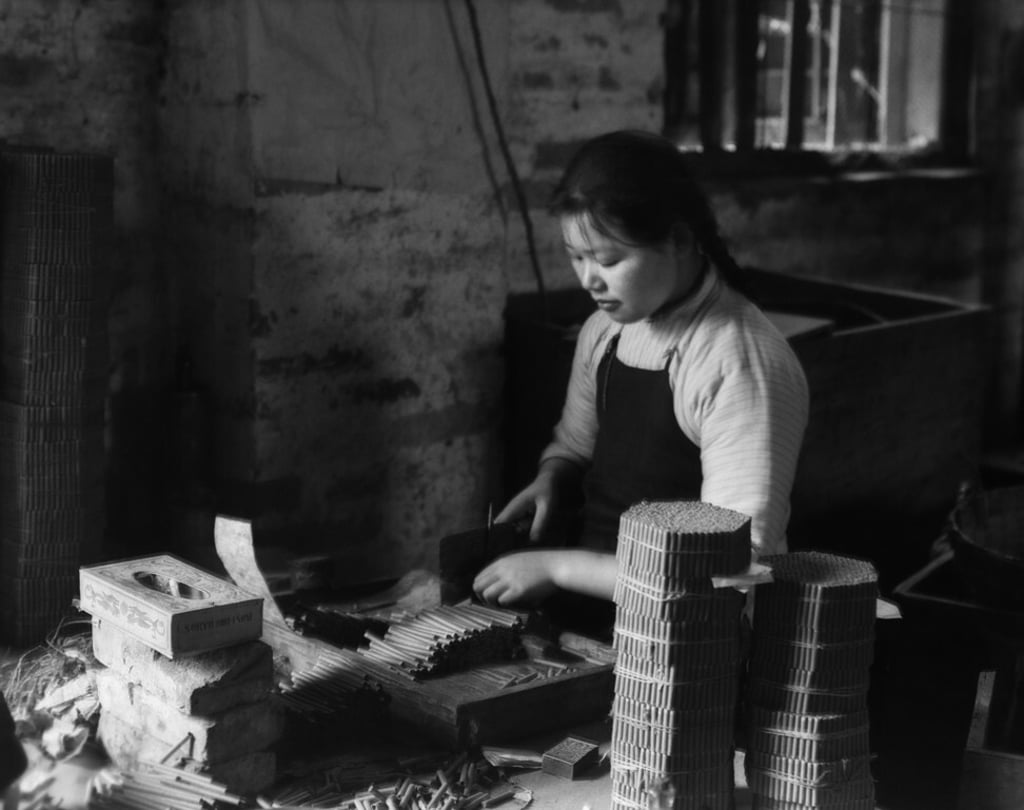Then & Now | ‘Made in Hong Kong’: a trusted mark of quality it took decades to build
- Forcing the ‘Made in China’ label upon Hong Kong-manufactured goods has squandered an international recognition of quality
- When Japan was considered the factory of the world, much like China has become, ‘Made in Japan’ was not always a proud boast

Since Aesop’s day, the sage warning “Be careful what you wish for – you might just get it” has been endlessly repeated, and often gone often unheeded.
The more that the “Hong Kong is part of China” line was trumpeted by local authority figures, the more inevitable it became that the rest of the world would take them at their word. Hong Kong’s comparative advantage – for several decades – was that the territory was in China, yet not entirely of it; this wobbly differentiation made the whole “one country, two systems” high-wire balancing act extremely precarious. Only a few small missteps separated a successful performance and rounds of applause from a potentially devastating plummet into the nets below.
“Play stupid games, win stupid prizes” is another saying that resonates; those who campaigned for American economic sanctions and those who insisted that Hong Kong and China were essentially the same place both reached the same destination by different avenues. But what happens next?

For several decades, the “Made in Hong Kong” label signified internationally recognised quality and reliability. But it wasn’t always that way. From the late 19th century, as Hong Kong’s manufacturing capacity expanded, “Made in Hong Kong” began to appear on locally produced or processed foodstuffs, such as preserved ginger or soybean products, and other consumer goods.
In the 1920s, the colony was able to leverage tariff preferences for items produced from other British Empire materials: crepe rubber from Malaya and canvas cloth from Canada, manufactured into plimsolls in Hong Kong for re-export to Nigeria – to cite one example – both fell into this category. Until the Communist assumption of power in the mainland, in 1949, little international differentiation was made between Made in Hong Kong and Made in China; no border control existed until 1950.
